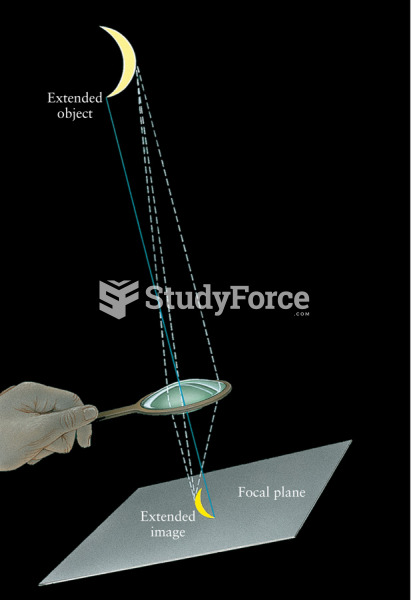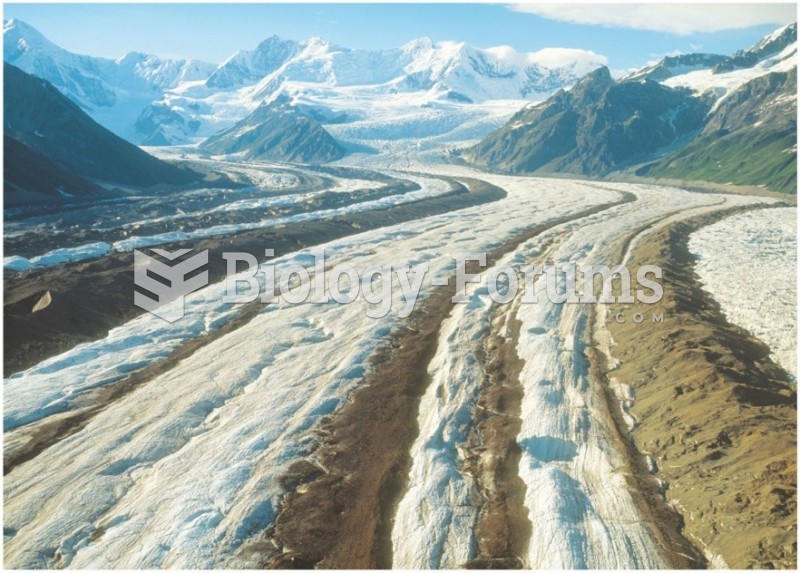|
|
|
According to the American College of Allergy, Asthma & Immunology, more than 50 million Americans have some kind of food allergy. Food allergies affect between 4 and 6% of children, and 4% of adults, according to the CDC. The most common food allergies include shellfish, peanuts, walnuts, fish, eggs, milk, and soy.
As the western states of America were settled, pioneers often had to drink rancid water from ponds and other sources. This often resulted in chronic diarrhea, causing many cases of dehydration and death that could have been avoided if clean water had been available.
There are more nerve cells in one human brain than there are stars in the Milky Way.
The B-complex vitamins and vitamin C are not stored in the body and must be replaced each day.
A seasonal flu vaccine is the best way to reduce the chances you will get seasonal influenza and spread it to others.
 Impacts of glaciers on landscapes can be seen as (a) a U-shaped valley in Labrador, (b) a drumlin fi
Impacts of glaciers on landscapes can be seen as (a) a U-shaped valley in Labrador, (b) a drumlin fi
 Lightly squeeze along each finger applying pressure first near the knuckle and then moving along the ...
Lightly squeeze along each finger applying pressure first near the knuckle and then moving along the ...





